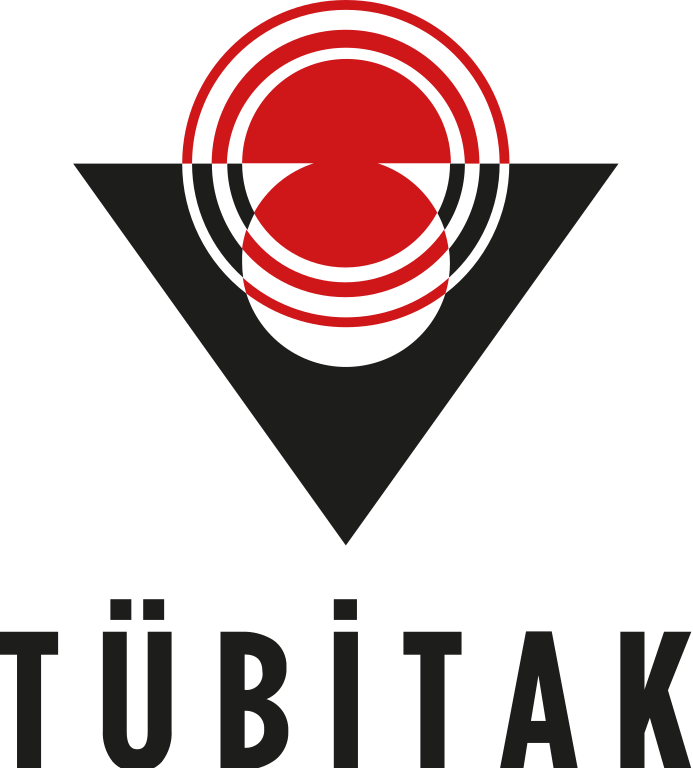CON-NET: Integrating CONtent and NETwork structure for detecting, understanding, and mitigating online misbehaviour
Online misbehaviour means we cannot take the information received via social media at face value. Sharing of misleading, out of context or simply false information, and coordination of behaviours (‘brigading’) distorts the quality of information we receive online, regardless of whether the misbehaviour is intentional. Additionally, by design, each user of modern internet products (e.g., search; social media) is exposed to a unique view of the information landscape without necessarily realizing that this is the case. Every user should be able to answer the questions: “How am I being misinformed?” and “How does my unique position shape the information I receive?” Leveraging a multilayer network approach to detect misbehaviour and describe users’ positions in the dynamic information space, the CON-NET project will enable users to answer these questions for themselves or indeed any other network entity. There are many different factors that make detection and mitigation of online misbehaviour a challenge. The complexity of the networks themselves, the role of automated agents (bots), and coordination to create misleading signals, the motivations behind misbehaviour and the types of misbehaviour all play significant roles. The medium though which misinformation can spread is also an important feature, adding further layers to the complexity. Doctored images and videos can spread through social media along with the ideas and memes of misinformation. CON-NET will apply machine learning techniques to process the vast amounts of data and identify trends, signals, and suspicious behaviours as well as misbehaving entities, and we will further augment this with a visual analytics approach, including a human in the loop to provide context and human understanding of the concept of misinformation. We will address the complexity of online social media networks by taking a multilayer network approach to their analysis. The aspects for the network will characterise the different platforms, types of entities and interactions, language, media, as well as how they evolve over time. The multilayer network will be annotated via the machine learning and visualised via an online platform. This platform will push back the frontiers of multilayer network visualization to allow an end user to better understand the source and impact of online misbehaviour and misinformation.
Sabanci University team will be responsible with the work packages for developing network representations for videos, pictures, and other content. Later, we will develop multi-modal machine learning systems for estimating automated activities. These automated entities will be tracked for early-detection of coordinated activities and misbehavior for information spread.
This project is funded by CHIST-ERA, EU, and TUBITAK 1071 programs.
Proje hakkında Türkce bilgilere de Sabancı Üniversitenin yaptığı duyurudan erişebilirsiniz.
| Funding Agency |




|
|---|---|
| Proje Duration |
|
| Team |
|